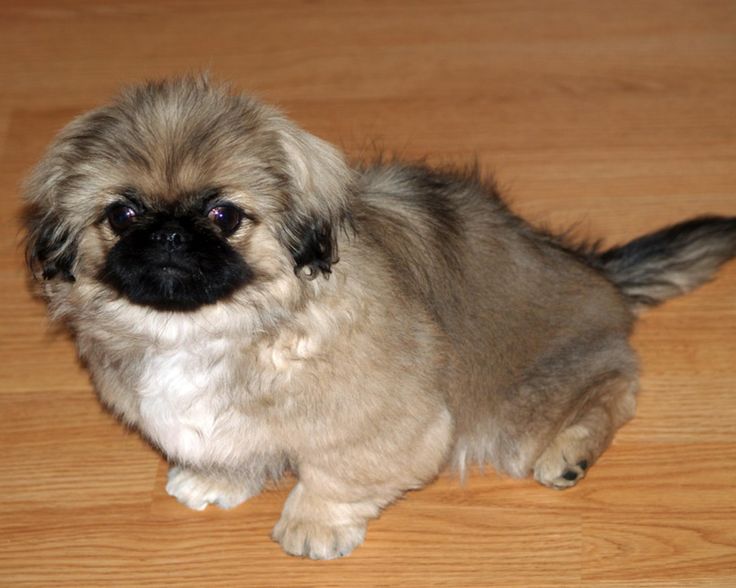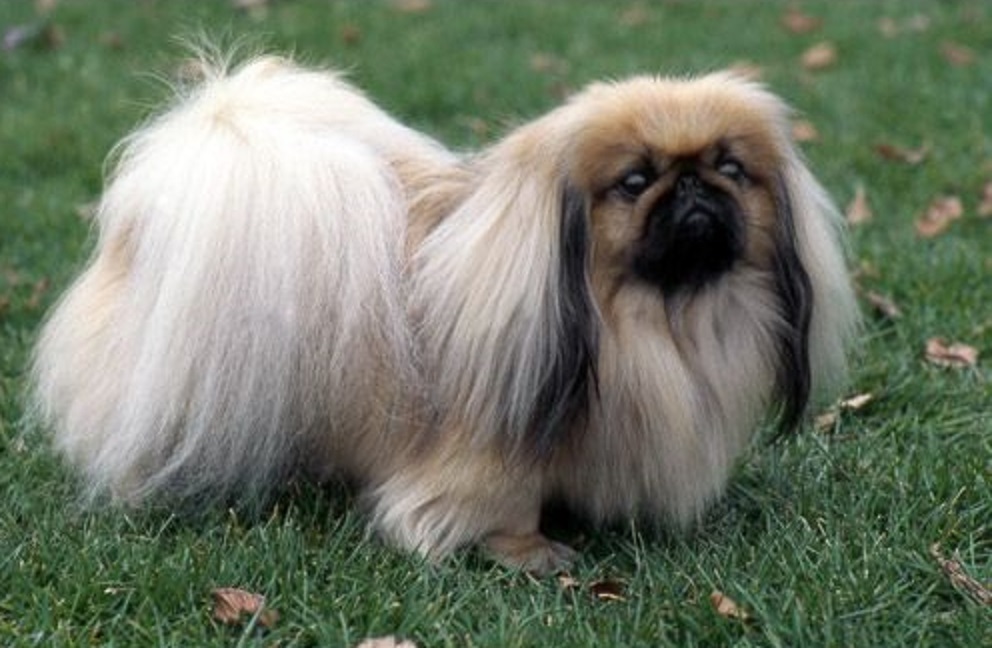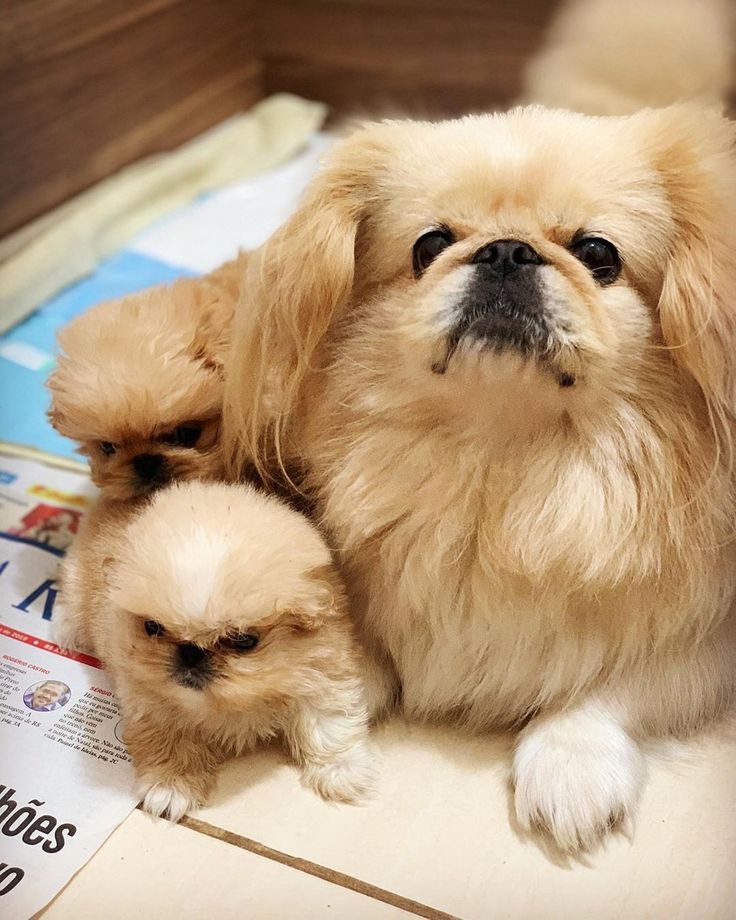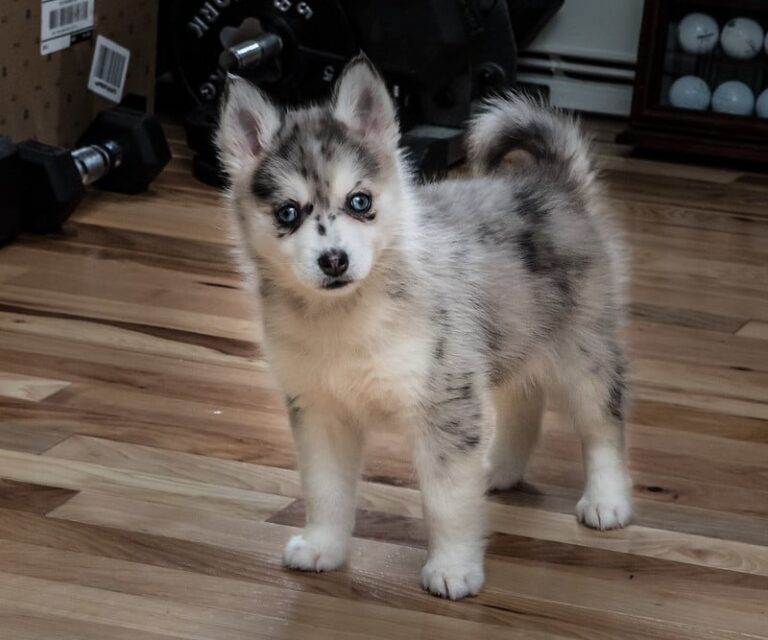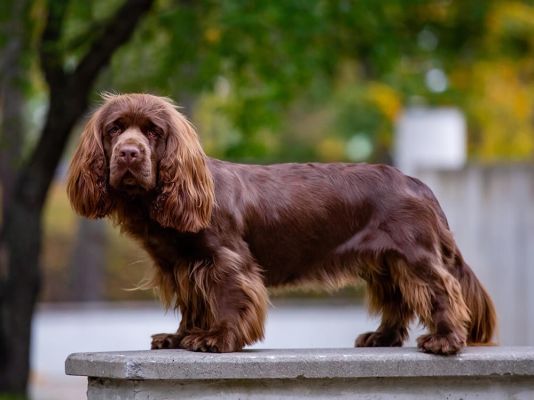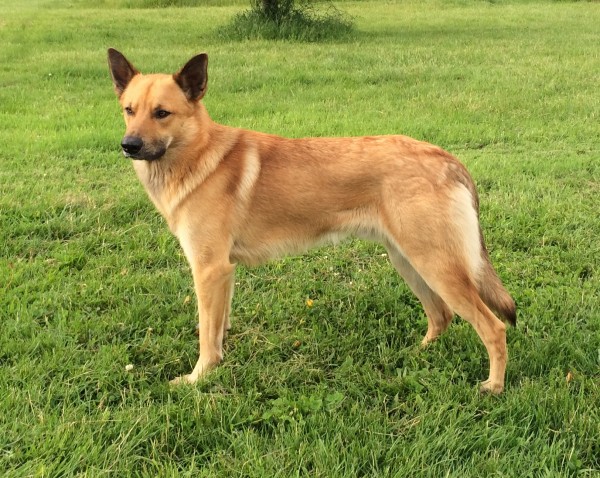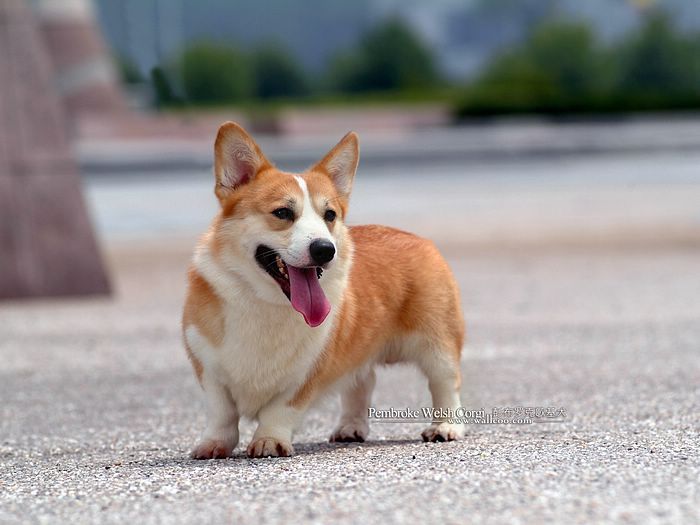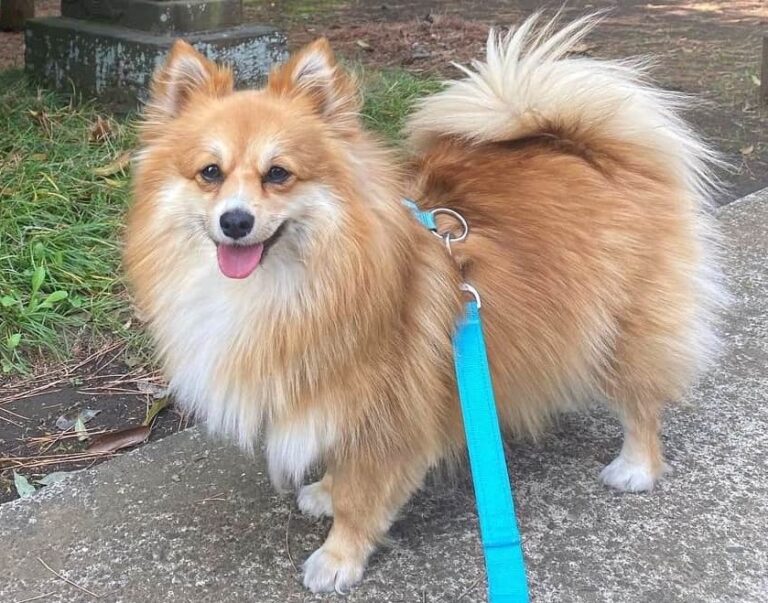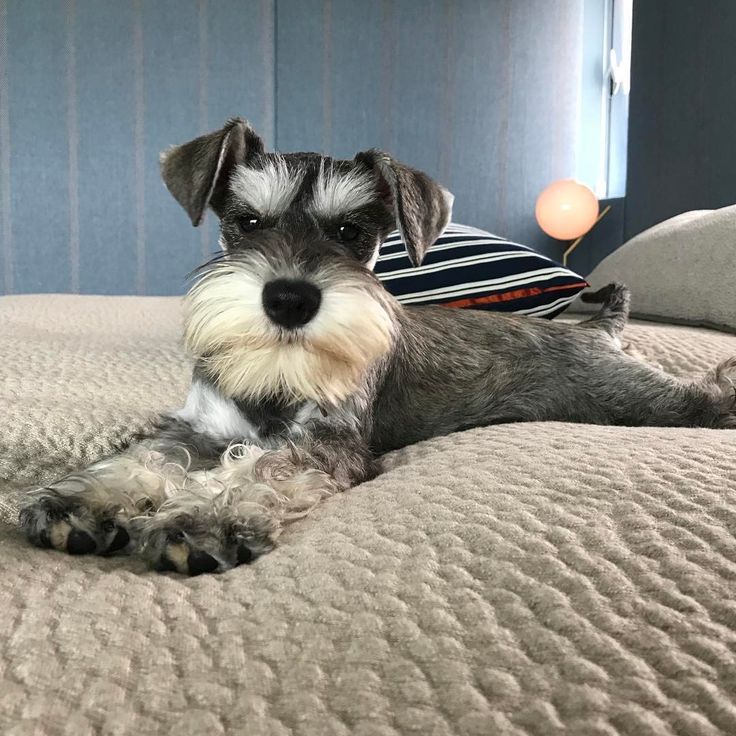Pekingese is a cute dog breed from China. They look like little lions with long, fluffy hair and flat faces. People in China loved them for a long time, especially royalty and rich people. Pekingese dogs are small but very confident. They are loyal to their owners and have a strong personality. In this article, we’ll talk about Pekingese dogs, their history, what they look like, and why people love them so much.
History of the Pekingese Breed
Origins of the Pekingese
The Pekingese breed is believed to have originated in ancient China, dating back over 2,000 years. Legend has it that these small, lion-like dogs were created by Buddha himself. According to the story, Buddha transformed a lion into a small dog to accompany him on his travels. This divine intervention resulted in the creation of the Pekingese breed.
Pekingese in Chinese Royalty
The Pekingese quickly became a favorite among Chinese royalty. They were highly regarded and considered sacred companions of the imperial family. These dogs were exclusively owned by the Chinese nobility, and owning a Pekingese was seen as a symbol of wealth and power.
The emperors and empresses of China adored their Pekingese dogs, often treating them as if they were their own children. The royal Pekingese were given the best of everything, including luxurious palaces to live in and a lavish lifestyle. They were even assigned servants to attend to their every need.
The Pekingese breed also had a special role in the imperial palace. They were often used as bed warmers, with their long, flowing coats providing warmth to the royals during cold nights. They were also believed to bring good luck and ward off evil spirits.
Pekingese in the Western World
Although the Pekingese breed was highly regarded in China, it wasn’t until the 19th century that the Western world became aware of these regal dogs. During the Opium Wars in the mid-1800s, British soldiers discovered these small dogs in the imperial palace in Beijing (formerly known as Peking). Captivated by their unique appearance and royal history, the soldiers brought some Pekingese back to England.
The Pekingese quickly gained popularity in the Western world, especially among the upper class. Their distinctive appearance, with a flat face, bulging eyes, and a profuse double coat, made them highly sought after as show dogs and companions. The breed was officially recognized by the Kennel Club in the United Kingdom in 1898 and by the American Kennel Club in 1906.
Today, the Pekingese is still beloved for its regal heritage and unique appearance. These small dogs continue to be treasured companions and popular show dogs worldwide, reminding us of their royal origins and their status as a breed fit for royalty.
Physical Characteristics
Size and Weight
Pekingese dogs are known for their small size and compact build. They typically stand at a height of 6 to 9 inches (15 to 23 cm) at the shoulder and weigh between 7 to 14 pounds (3 to 6 kg). Despite their small stature, they have a sturdy and muscular body, making them appear regal and dignified.
Coat and Color
The Pekingese breed boasts a luxurious double coat that adds to their majestic appearance. Their outer coat is long, straight, and coarse, while the undercoat is soft and dense. This double coat helps protect them from various weather conditions.
When it comes to color, Pekingese dogs exhibit a wide range of options. They can be found in solid colors such as black, cream, fawn, and white. Additionally, they may have markings or patterns in different shades, including brindle and parti-color. Their stunning coats require regular grooming to keep them healthy and free from mats.
Facial Features
One of the most distinctive features of Pekingese dogs is their adorable and expressive face. They have a broad, flat skull with a short muzzle, giving them a unique “pushed-in” appearance. Their large, round, and dark eyes are set wide apart, which adds to their endearing expression. Pekingese also have a characteristic mane of fur around their neck, further enhancing their regal demeanor.
These facial features, combined with their small size, make Pekingese dogs incredibly captivating and irresistible to many. They are often referred to as “lion dogs” due to their resemblance to Chinese guardian lions, also known as “foo dogs.”
In conclusion, Pekingese dogs possess physical characteristics that make them truly fit for royalty. From their small yet sturdy build to their luxurious coats and captivating facial features, they exude an air of elegance and charm that sets them apart from other breeds.
Temperament and Personality
Loyal and Affectionate
One of the remarkable traits of the Pekingese breed is their unwavering loyalty and affection towards their owners. Pekingese dogs have a deep bond with their human companions and are known to be extremely devoted. They are always eager to please their owners and will go to great lengths to protect and care for them. Whether you are looking for a lap dog or a constant companion, the Pekingese’s loyal and affectionate nature makes them a perfect choice.
Independent Nature
Despite their affectionate nature, Pekingese dogs also have an independent streak. They possess a strong sense of self and are not afraid to assert their own preferences. This independence makes them unique among dog breeds, as they are not solely reliant on their owners for guidance and stimulation. Pekingese dogs are often described as having a regal and confident demeanor, which adds to their charm. However, it is important to provide them with proper training and socialization to ensure their independence is channeled appropriately.
Interaction with Children and Other Pets
Pekingese dogs have a surprisingly good rapport with children, making them an ideal choice for families. They are known to be patient and gentle, even with energetic and boisterous kids. Pekingese dogs are also tolerant of other pets in the household, including cats and smaller animals. However, it is crucial to supervise interactions between the Pekingese and young children or other pets to ensure everyone’s safety. Early socialization and training can help establish positive relationships between the Pekingese and other members of the family.
Pekingese breed possesses a unique temperament and personality that sets them apart. Their loyalty, affection, independence, and compatibility with children and other pets make them an excellent choice for those seeking a royal companion.
Care and Grooming
Exercise Needs
Pekingese dogs may be small in size, but they still require regular exercise to maintain their overall health and well-being. While they are not overly energetic dogs, they do benefit from daily walks and playtime in a secure, fenced area. It is important to provide them with opportunities to stretch their legs and engage in light physical activity. Additionally, mental stimulation through interactive toys and games can help keep their minds sharp and prevent boredom. However, it is essential to be cautious not to overexert them due to their short snouts, which can make breathing difficult.
Grooming Requirements
The Pekingese breed has a luxurious double coat that requires regular grooming to keep it looking its best. Daily brushing is recommended to prevent matting and tangles, especially around the ears, chest, and hindquarters. This not only helps maintain their coat’s beauty but also prevents the accumulation of dirt and debris. Bathing should be done occasionally, using a gentle dog shampoo to avoid skin irritation. Additionally, their facial wrinkles should be cleaned daily to prevent infection or irritation. Trimming their nails regularly and checking their ears for any signs of infection are also important aspects of their grooming routine.
Health Considerations
Like any other dog breed, Pekingese dogs are prone to certain health issues that potential owners should be aware of. One common health concern in Pekingese is brachycephalic airway syndrome, which can cause breathing difficulties due to their short snouts. It is crucial to monitor their breathing during physical activity and in hot weather to prevent overheating. Pekingese are also susceptible to eye problems such as corneal ulcers and dry eye, requiring regular check-ups with a veterinarian. Additionally, dental hygiene is crucial for this breed as they are prone to dental issues, so regular teeth cleaning should be incorporated into their grooming routine. Providing a balanced diet and maintaining a healthy weight can also contribute to their overall health and longevity.
Training and Socialization
Training Methods
When it comes to training a Pekingese, it’s important to keep in mind their unique personality traits and adapt your training methods accordingly. Pekingese are known for their independent nature and can be quite stubborn at times, so patience and consistency are key.
Positive reinforcement is often the most effective training method for Pekingese. This involves rewarding your dog with treats, praise, or playtime when they exhibit desired behaviors. By focusing on positive reinforcement, you can motivate your Pekingese to learn and obey commands willingly.
It’s essential to start training your Pekingese from a young age. Early socialization and basic obedience training are crucial for their overall development. By exposing your Pekingese to different people, animals, and environments, you can help them become well-rounded and confident adult dogs.
Socializing a Pekingese
Socialization is an important aspect of training for any dog breed, and Pekingese are no exception. Despite their regal and sometimes aloof demeanor, Pekingese benefit greatly from positive social experiences.
Introduce your Pekingese to various situations gradually, ensuring they feel comfortable and secure. Encourage positive interactions with other dogs, people, and even different environments. This helps prevent them from becoming overly territorial or anxious in unfamiliar situations.
Taking your Pekingese to obedience classes or puppy socialization groups can also be beneficial. These environments provide controlled settings where your Pekingese can interact with other dogs and people under the guidance of a professional trainer.
Dealing with Stubbornness
Stubbornness is a common trait among Pekingese, which can sometimes make training a bit challenging. However, it’s important to approach their stubbornness with patience and understanding rather than frustration.
Consistency is key when dealing with a stubborn Pekingese. Establish clear rules and boundaries, and be firm in your expectations. Avoid giving in to their demands or allowing them to exhibit undesirable behaviors, as this can reinforce their stubbornness.
Break down training tasks into smaller, more manageable steps for your Pekingese. By gradually building up their skills and rewarding their progress, you can help them overcome their stubborn tendencies.
Remember to always keep training sessions short and engaging to maintain your Pekingese’s interest. Making the training process enjoyable and rewarding will motivate them to participate willingly.
Training and socialization are crucial for a Pekingese’s overall well-being. By using positive reinforcement, gradually exposing them to different experiences, and being patient in dealing with their stubbornness, you can help your Pekingese become a well-behaved and sociable companion fit for royalty.
Pekingese in Pop Culture
Pekingese in Films and TV Shows
The charming and elegant Pekingese breed has made its way into popular culture through various films and TV shows. These delightful dogs have stolen the hearts of many viewers with their adorable appearance and unique personalities.
One notable appearance of Pekingese in film is in the Disney animated movie “Lady and the Tramp” released in 1955. The character of Lady, a refined and gentle Pekingese, captured the audience’s attention with her innocent eyes and endearing nature. Lady’s portrayal in the film contributed to the breed’s popularity and showcased their suitability as loyal companions.
Another memorable representation of Pekingese can be found in the TV series “Game of Thrones.” The character of Sansa Stark, played by Sophie Turner, is often accompanied by her loyal Pekingese named Lady. Lady’s presence in the show adds a touch of regality and elegance to the character’s demeanor, emphasizing the breed’s association with nobility and royalty.
Famous Pekingese Owners
Pekingese dogs have been cherished by numerous famous personalities throughout history. These celebrities have recognized the breed’s unique qualities and have found immense joy in sharing their lives with these adorable companions.
One famous Pekingese owner is the renowned fashion designer, Valentino Garavani. Valentino is known for his impeccable sense of style, and it comes as no surprise that he chose a Pekingese named Oliver as his constant companion. Oliver often made appearances alongside Valentino at high-profile events, showcasing the breed’s ability to capture attention and add a touch of glamour to any occasion.
Another notable Pekingese enthusiast is Queen Victoria, who owned several Pekingese dogs during her reign. Queen Victoria’s love for these dogs is well-documented, and she even received a pair of Pekingese as a gift from the Chinese imperial court. Her affection for the breed further popularized Pekingese among the aristocracy of the time, solidifying their status as a breed fit for royalty.
The Pekingese breed has a long and storied history that is deeply intertwined with royalty. From its origins as a cherished companion of Chinese emperors to its continued popularity among aristocrats and celebrities around the world, the Pekingese truly is a breed fit for royalty. With its distinctive appearance, regal demeanor, and loyal and affectionate nature, owning a Pekingese is like having a piece of history and elegance in your home. Whether you are a fan of the breed’s rich heritage or simply looking for a loving and devoted companion, the Pekingese is a breed that is sure to capture your heart and make you feel like royalty every day.

